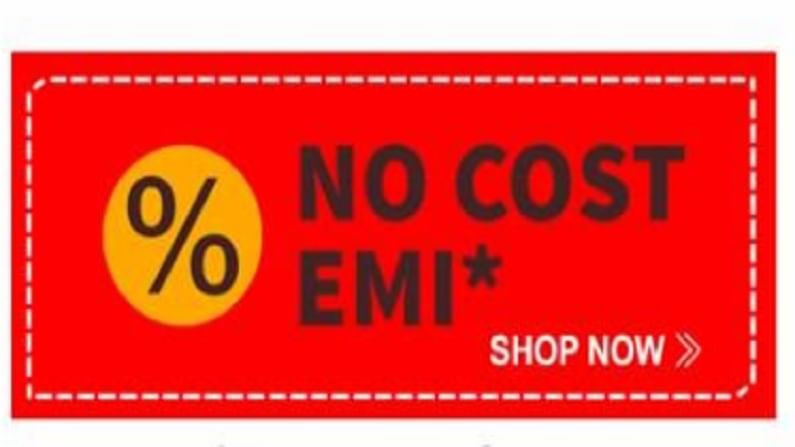No-cost EMI: Is it really no cost?
Consumers need to read the fine print before making a decision on buying products on EMIs.

It’s a gloomy Sunday morning and you are desperately waiting for your favourite brand to launch their latest product. Finally, that auspicious moment has arrived; the moment for which you have been saving money for an entire year. Surrounded by rumours, you assumed the price of the new product to be around Rs 70,000. But, to your utter surprise, you found that it actually costs Rs 85,000 to own it.
Remembering the quote “If there is a will there’s a way”, you scroll down the page and find an option of buying it under no-cost EMI plan. Without thinking for a second, you switch your decision of buying the new product at an EMI instead of making an upfront payment.
The ‘no-cost EMI/Zero cost EMI’ is a popular scheme catching the attention of buyers usually during the festive season. in full swing. This can be seen on a wide range of products like electronics, home/ kitchen appliances etc.
We all know that EMI provides a common man the freedom to buy any product and pay for it in installments, without feeling the pinch. EMIs usually come with an interest rate and eventually, even though the customer pays the amount in small instalments, they end up paying more than the actual amount of the product.
And this is why the ‘no-cost EMIs’ come forth as a lucrative deal. But, behind this lucrative deal, there is a hidden truth.These ‘no-cost EMIs’ actually come with a cost.
The Reserve Bank of India (RBI) in 2013 had banned banks from offering a 0 percent EMI scheme on retail products. The regulator stated that the concept of zero percent interest was null and void. In layman terms this meant that the banks could not offer any interest-free loans.
Hence, the banks came up with a variant option — the No cost EMI. This option comes as a scheme which looks as if a customer does not have to pay any interest on the loan. However, in reality, interest has to be paid. The bank takes back the discount on the products and treats it as interest.
Let’s understand how the scheme works with the help of two cases:
When Discounts Equal Interest
The most common way through which retailers offer this scheme is by offering discounts which are often equal to the total amount of interest that has to be paid.
Picture this: You want to buy a smartphone that costs Rs 40,000. Under the 3-month EMI plan, at an interest rate of 14%, you would have to pay an interest amount of Rs 5,600. But, the fact is that in Zero Cost EMI, you lose the discount you pay the original price of the smartphone in EMIs. What does this mean?
If you make an upfront payment, there are high chances of getting a discount and hence, the smartphone may cost just Rs 34,400, which would be a discounted price. But, if you opt for the no-cost EMI scheme, you end up paying the original price of Rs 40,000. In this option, the extra Rs 5,600 that you paid, eventually goes to pay interest on the loan.
The total price you pay on the smartphone is divided into interest paid to a financier and the money paid to a retailer.
When the interest amount is added to the product price
Another way in which such schemes work is by adding the interest amount to the original price of the product.
Let us say the product you want to purchase costs Rs 25,000. The retailer persuades you to buy this product under the no-cost EMI plan for Rs 27,500. Here the interest of Rs 2,500 is already added to the cost of your product and will be paid by you in instalments. Therefore, if you have taken a three-month EMI plan, then the amount payable by you will be Rs 9,167 per month. Sometimes, the Rs 2,500 may be recovered as the processing fees.
Conclusion
The EMI schemes, general or no-cost, can be helpful for people who cannot afford to pay an upfront amount for a product they need to buy.
If you really want to buy a product of your choice but cannot afford it, EMI is a route but it might not be free. The consumer should make an informed choice about the mode of purchase.
Attracted by the lucrative offers, people often end up buying what they don’t need and this becomes a disadvantage on personal finance.
All in all, retailers will always come up with many other attractive schemes like the no-cost EMI, and as useful as they can be for some, it is important for buyers to first analyse all possible options and do prior research before buying anything.
(The writer is founder and CEO of Finology Ventures Pvt. Ltd. Finology is Chhattisgarh’s first SEBI registered investment advisor company. Views expressed are personal)